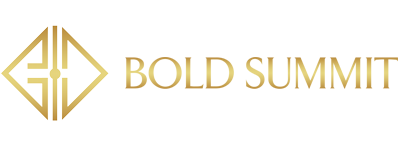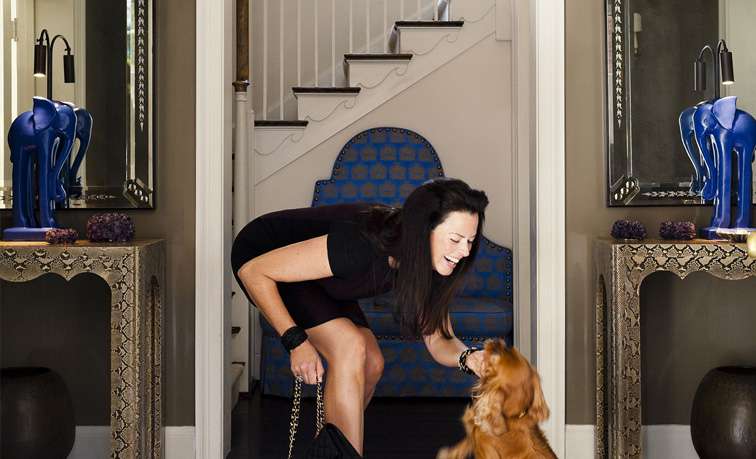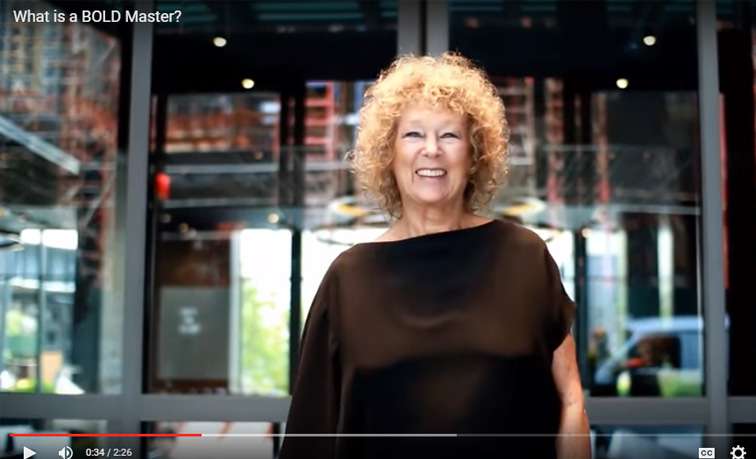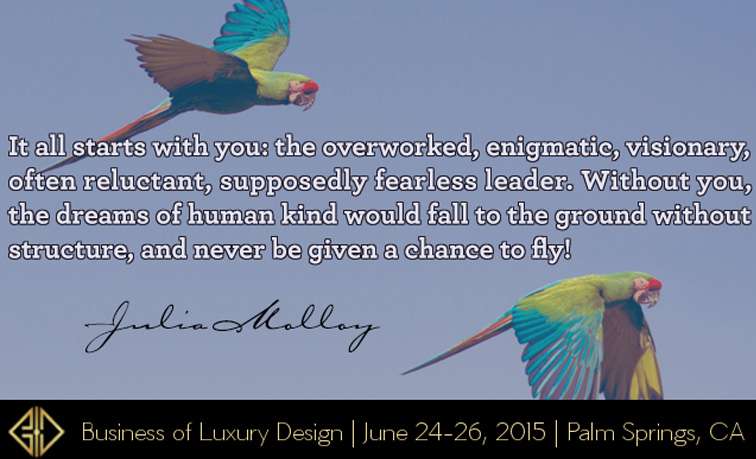Becoming a luxury interior design firm is not about putting on a facade or charging exorbitant fees. It is about functioning on such a high level that you are able to go beyond the ordinary and sufficient. It is about elevating the focus from mere necessity to that of delight and inspiration. Becoming a luxury design firm is hard-won and not for the faint of heart, because one must become luxury from the inside out.
There are a few steps to creating that special luxury touch and they may not all be apparent to you from the beginning. Ask yourself how you can go the extra step and make each experience memorable and uniquely of your firm. But remember, you don’t have to be alone on this journey!
I work with you to plot out the course in a very tangible way so that you, first of all, have clarity. And I find that — as simple as that sounds — it’s actually hard to come by. It requires outside input and it’s helpful when it comes from your peers and people that have already done it before and are doing it successfully in the current environment.
I developed the Business of Luxury Design Summit to create a sanctuary. Up until the BOLD Summit there was no place to brainstorm and collaborate with peers and get all kinds of information from experts that can really address those needs on your level.
It’s very much a holistic process. Bringing in all of these various experts to nourish this design community seemed right on target with what my mission is and has been for the last decade: to empower the designer and advance this industry.













